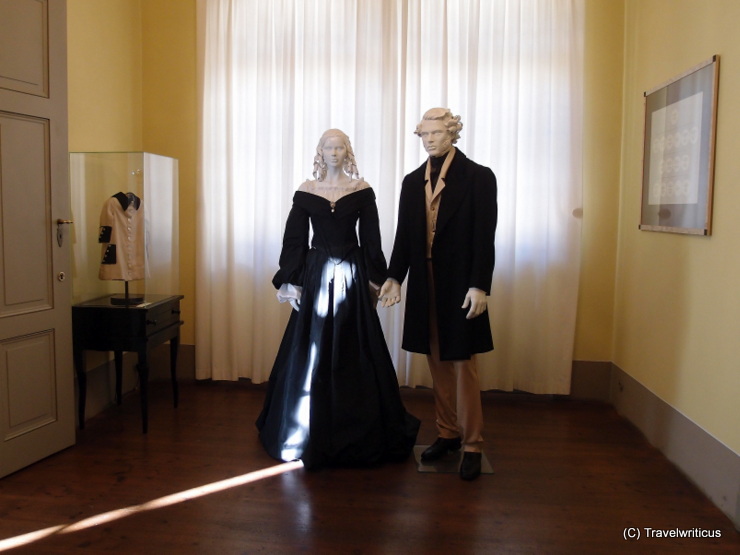
The Mendelssohn House (Mendelssohn-Haus) in Leipzig is a late Classicist building where composer Felix Mendelssohn-Bartholdy spent his last years. Today, it houses a museum about his life and his work. [German]
You only see what you know (Goethe)

The Mendelssohn House (Mendelssohn-Haus) in Leipzig is a late Classicist building where composer Felix Mendelssohn-Bartholdy spent his last years. Today, it houses a museum about his life and his work. [German]
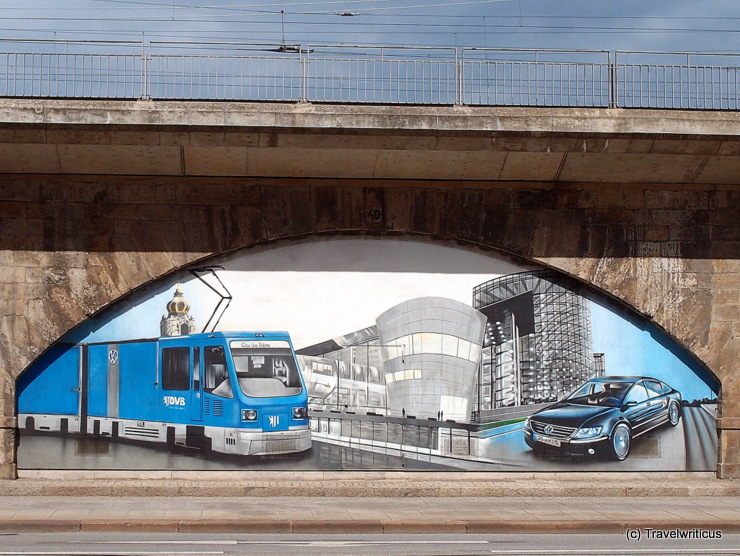
During my visit to the Gläserne Manufaktur of the Volkswagen Company in 2018, I heard about the blue CarGoTram for the first time. It transported car parts on the public tram network in Dresden. [German]

On my bus trip from Bad Schandau to the Saxon Switzerland National Park, I took this snapshot of the Bad Schandau Elevator (1904). This truss tower overcomes a difference in height of 47.76 m.
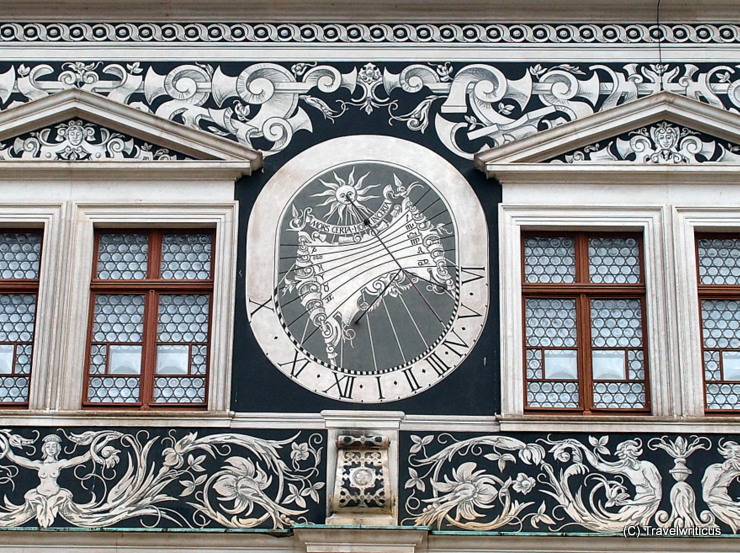
This sundial is located on the courtside of the Long Hallway (Lange Gang). The Long Hallway is the connection building between the Georgenbau and the former stable building. From here, the spectators watched the tournaments in the stable courtyard (Stallhof). [German]
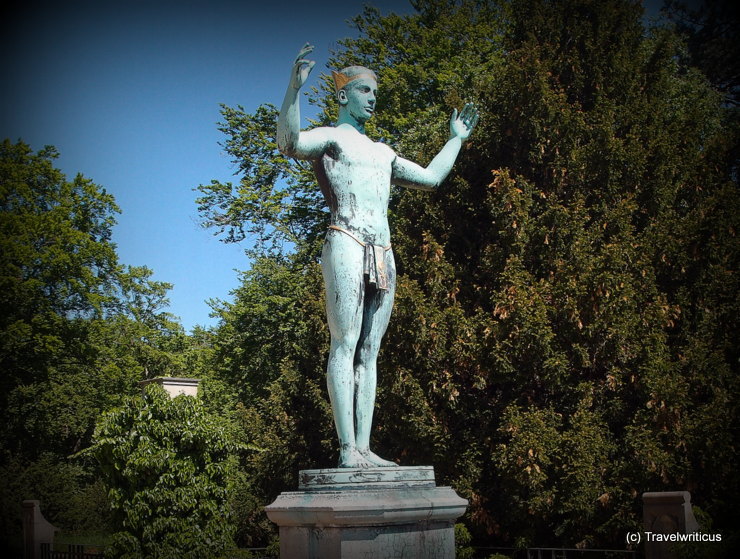
This bronze sculpture titled Sonnenanbeter (Sun Worshiper) stands on the terrace of Schloss Eckberg (Eckberg Mansion) in Dresden. From there, guests have a fine view of the Elbe Valley. The creator of this artwork was Sascha Schneider. [German]
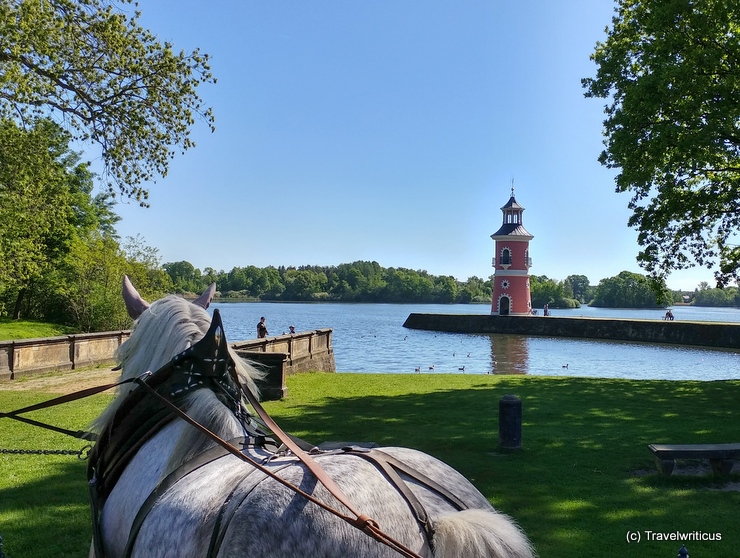
During a horse-drawn carriage tour around Moritzburg Castle, we arrived at a lake with a small lighthouse. The Moritzburg lighthouse was originally part of a naumachia and a backdrop for noble people who used to sail on the lake. [German]
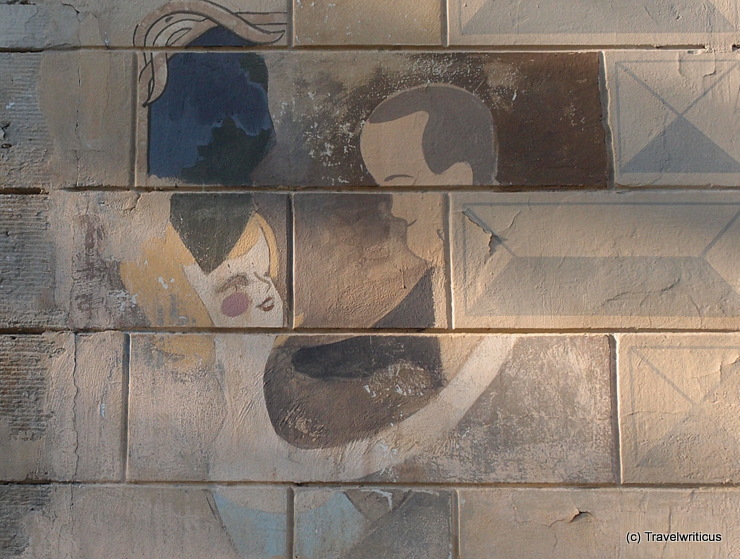
Strollers will find this faded mural of a dancing couple on a classicistic building near the Albertplatz in Dresden. At the time of my visit, it housed a restaurant named “Altes Wettbüro” (Old Betting Office). [German]

I came across this fireless steam locomotive at the Chemnitz Museum of Industry. It used to work in industrial facilities where no open fire was allowed. For example, you could find them in mines, and food or chemical factories.
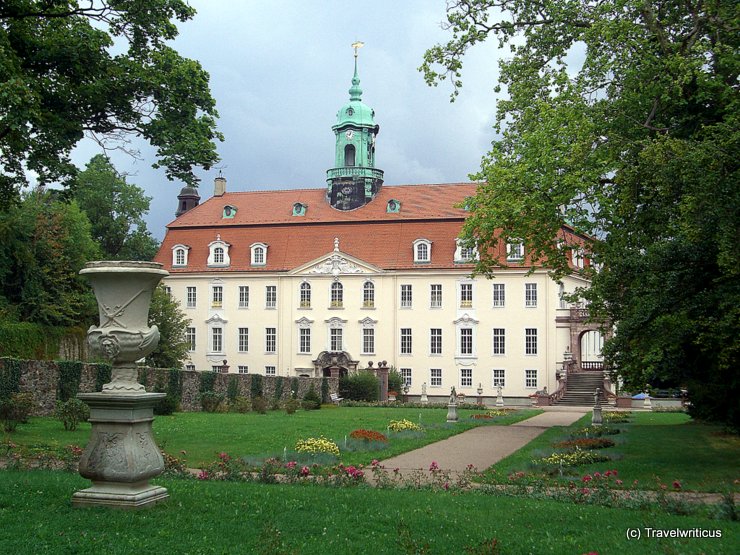
Lichtenwalde Castle in Saxony is best known for its park. The garden stretches high above the Zschopau Valley. Numerous water features and winding paths invite you to discover the grounds of this Baroque castle. [German]
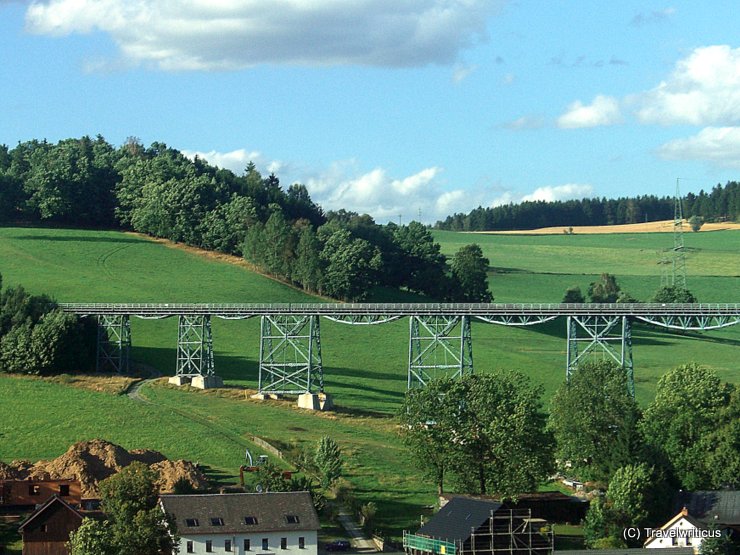
During a bus ride from Annaberg-Buchholz to Schwarzenberg, we pass the Markersbach Viaduct (Markersbacher Viadukt). Since 1889 it spans a side valley of the Große Mittweida in Saxony. Today it is part of a test track. [German]
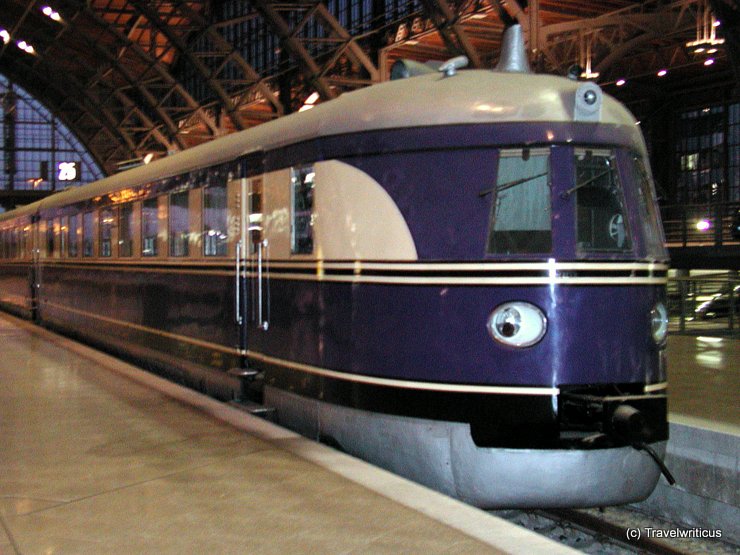
While waiting for my connection train, I came across this DMU (diesel multiple unit) dating back to 1935. Before WWII, it ran as one of the first high-speed trains in Germany. After 1945, the train depicted above (SVT 137 225) operated for the GDR government.
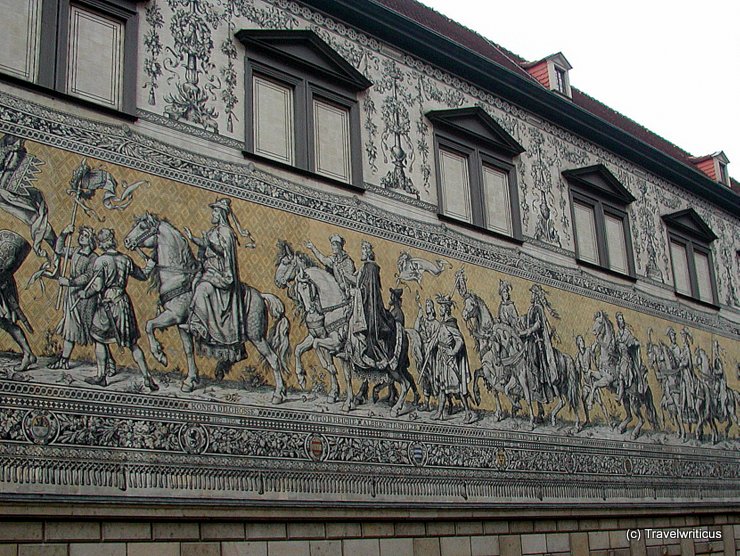
The Fürstenzug (Procession of Princes) is a 102-meter-long mural in Dresden. It is applied to 23,000 Meissen porcelain tiles and displays portraits of 35 members of the House of Wettin. These people formed the rulers of Saxony between 1127 and 1904. [German]